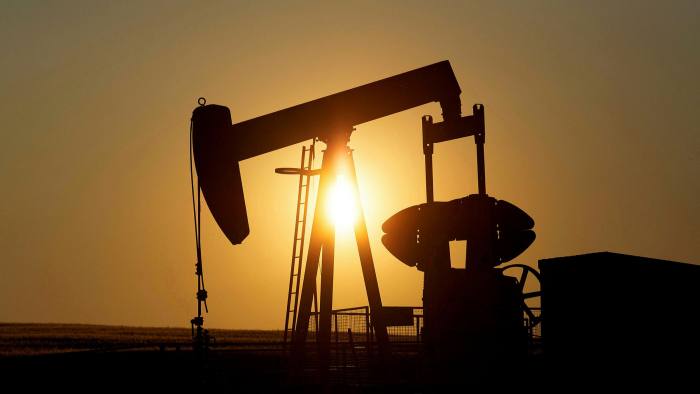Oil & Gas reserves up 1-2% in last six months
2 min read
Togh field, operated by OGDC (50%) and jointly held by MARI (33%) has reported reserves life of 0.4 million barrels that translates into life of 6 years
KARACHI: Pakistan oil reserves have increased by 1% (or 9 million barrels) in last six months due to induction of eight new fields. The increase is lower than the production of 13.5 million barrels during the same period.
It is excluded Aminah, Ayesha and Zainab fields in reserves calculation as reserves of these three fields were initially recorded in June 2019 and now these have been revised down in Dec-2020, said a report of Topline securities.
According to the analyst of Topline, Togh field, operated by OGDC (50%) and jointly held by MARI (33%) has reported reserves life of 0.4 million barrels that translates into life of 6 years.
Remaining oil reserves of the country have fallen from 271 million barrels in June 2019 to 266 million barrels in Dec-2020.
Reserves of top producing fields remained largely unchanged, however, eight new fields are added namely Mamikhel South, Baqa, Singhar, Togh, Saqib, Mari-Goru, Mari-Tipu, and Mangrio, the report added.
Pakistan gas reserves have increased by 2% YoY or 1tcf mainly due to upward revision in reserves of MARI’s HRL and Mari Deep by 7% and 8%, respectively and induction of five new fields. The increase in reserves is higher than production of 0.64tcf during the same period.
The report said remaining gas reserves of the country have increased from 20.9tcf in June 2020 to 21.2tcf in Dec-2020.
Five new fields that were added to production line are Baqa, Mangrio, Mamikhel South, Togh, and Umair.
In absolute terms, Mari’s (HRL+Deep) reserves have increased by 0.7tcf, which will add $120 million (or Rs144/share) to company’s valuation based on EV/boe of $1.3.
Mamikhel South, operated by MOL Pakistan (8.4%), and joint stake held by OGDC (27.8%), PPL (27.8%) and POL (21.1%) had reported flows of 3,200 bpd and is expected to commence production over next couple of weeks. In Dec-2020, the field has reserves life of only 2.2 years, lower than average field life of 10-15 years.




